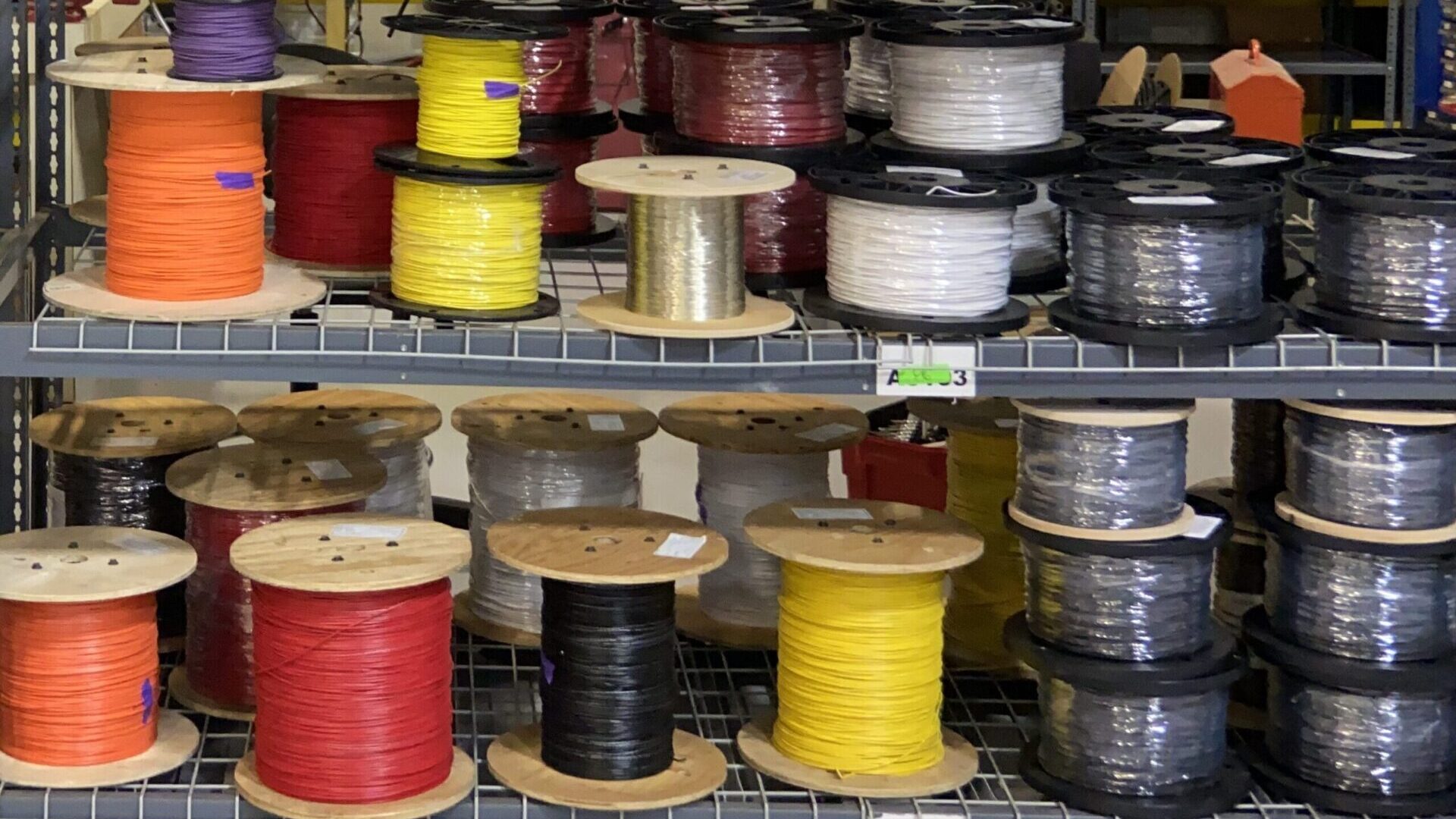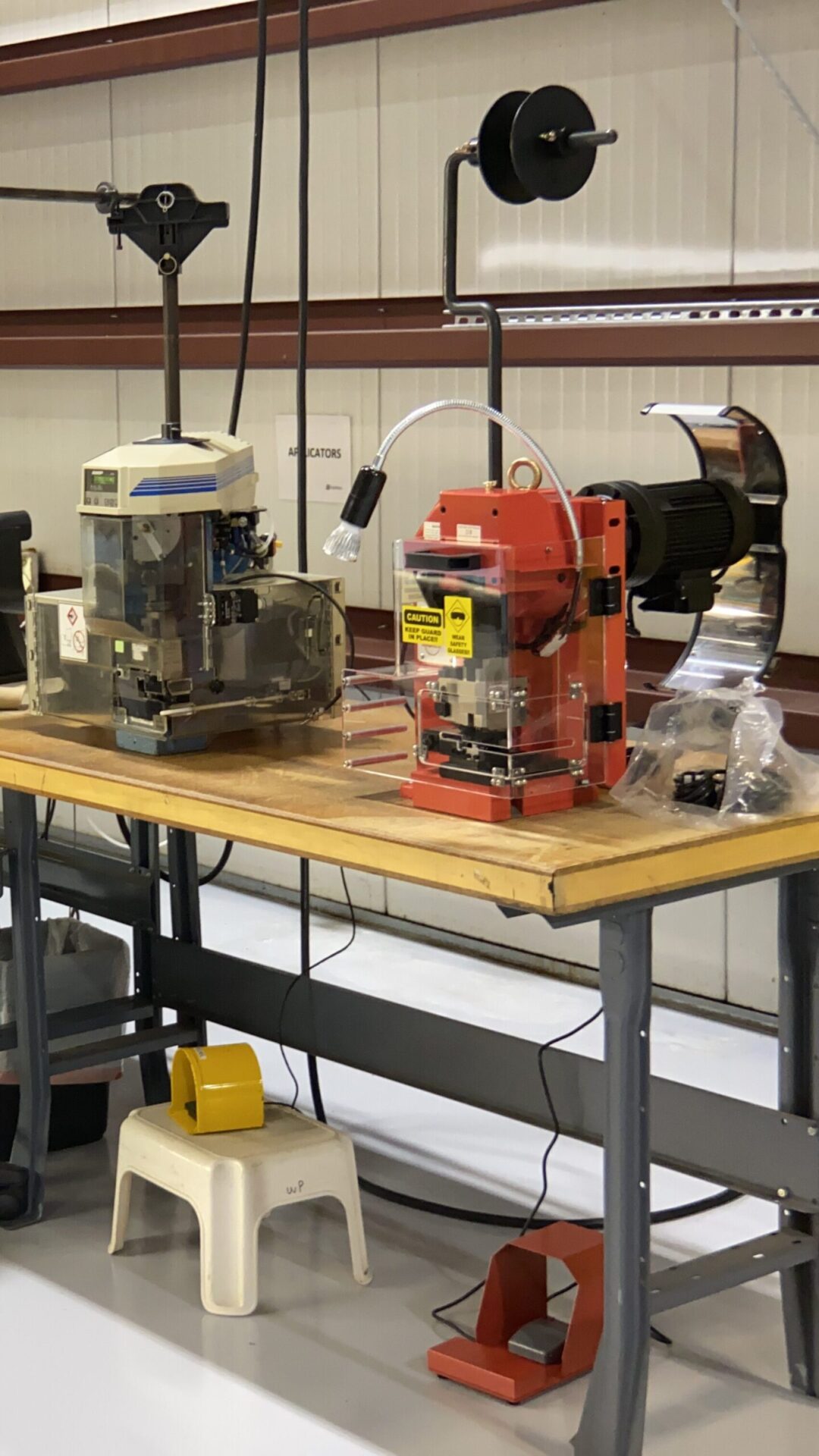The Process of Harness Assembly for Electronics Manufacturing

Wire harness assembly is a critical component in various industries, including automotive, aerospace, consumer electronics, and industrial machinery. This process involves bundling and organizing wires and cables into a single unit to transmit signals and electrical power efficiently and safely. Despite often being hidden from view, wire harnesses are essential to the functionality and reliability of countless devices and systems.
Understanding Wire Harness Assembly
Wire harness assembly encompasses the design, production, and installation of complex wiring systems. It begins with a detailed blueprint that specifies the lengths, types, and connections of wires and cables. This blueprint is crucial for ensuring the harness meets the exact specifications required by the end product.

Key Components of a Wire Harness
- Wires and Cables: These are the primary elements, varying in type based on their intended application. For example, some wires are designed for high voltage, while others are for data transmission.
- Connectors: These are the endpoints that connect the wires to various components within the device. They must be durable and reliable to ensure a secure connection.
- Terminals: These are the metal components that attach the wires to the connectors, providing a secure and stable connection.
- Insulation Materials: These protect the wires from environmental factors like heat, moisture, and abrasion, ensuring the longevity and safety of the harness.
- Protective Sleeves and Tubing: These provide additional protection and organization, keeping the wires neatly bundled and reducing the risk of damage.
The Wire Harness Assembly Process
The wire harness assembly process involves several meticulous steps:
- Design and Planning: Engineers create detailed schematics and layouts, taking into account the specific requirements and constraints of the project. This includes determining the optimal wire lengths, connectors, and routing paths.
- Cutting and Stripping: Wires are cut to the required lengths, and their ends are stripped to expose the conductive material for connections.
- Crimping and Soldering: Terminals are attached to the wire ends using crimping or soldering techniques, ensuring a secure and reliable connection.
- Connector Assembly: Wires with attached terminals are inserted into connectors, following the specified layout and ensuring proper alignment.
- Bundling and Securing: Wires are bundled together using protective sleeves, tubing, or tape, which helps organize them and provides additional protection.
- Testing and Quality Control: The assembled harness is rigorously tested to ensure it meets all electrical and mechanical specifications. This step is crucial for identifying and rectifying any defects before the harness is installed in the final product.
Challenges in Wire Harness Assembly
Wire harness assembly is not without its challenges. The increasing complexity of modern devices demands more sophisticated harnesses, often with higher densities of wires and connectors. Additionally, the need for customization means that each harness must be tailored to its specific application, requiring precise design and assembly techniques.
Conclusion
Wire harness assembly is a complex and essential process that plays a critical role in the functionality of modern technology. From design to testing, every step requires precision and expertise to ensure that the final product meets the highest standards of performance and reliability. By understanding and appreciating the intricacies of wire harness assembly, we can better appreciate the unseen yet vital components that power our everyday lives.
